The Honda ACTY that we used on my father-in-law’s farm went in for its Shaken inspection and the courtesy car that came from the garage was an old Subaru Sambar mini truck, a 1994 KS4 with 4WD and the N/A EN07 engine.
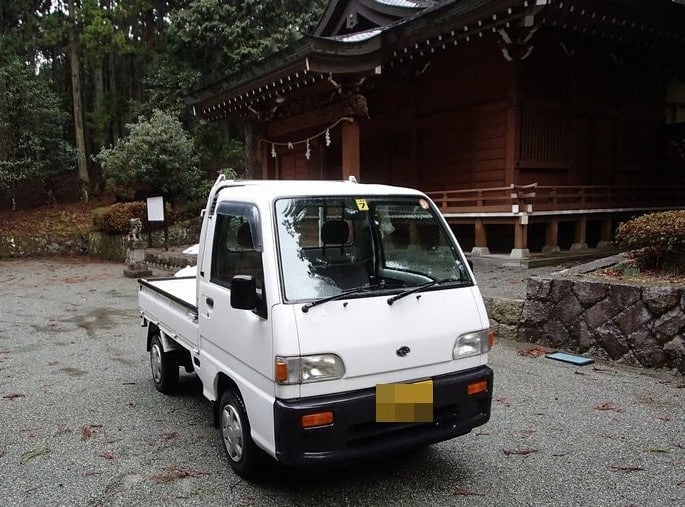
As a fan of old, used Japanese mini trucks and mini vehicles, I never miss the opportunity to test drive one, so I took this old 4WD Sambar Truck around the fields, down the country roads, and into the forest to see how it handles and drives and what it can do.
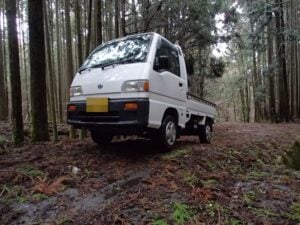
The rear-engined Sambar Truck is an impressive piece of mini truck engineering and design. Subaru is the only mini truck maker that continued with a rear engine layout through multiple generations. Other mini trucks put the engine at the front between the seats, as in the Mitsubishi Minicab, or at the front behind the front axle, as in some versions of the Daihatsu Hi-Jet. The Honda ACTY puts the engine at the back but in front of the rear axle. Only the Subaru Sambar hangs the engine right out at the back, mounted transversely behind the rear axle.
And, uniquely again in the world of mini trucks, the Sambar uses a straight four engine rather than a straight three engine, as most other mini truck makers do. Subaru’s tough little EN07 has a wonderful tuned power unit sound. (Interestingly, the earlier Sambars used an inline two cylinder motor; and that was a good little engine, too, but that’s a different story.)
Good Access for Engine Maintenance
Access for maintenance is much better than in most other rear-engined vehicles (like the old first series VW Type Two Van) with its sometimes-a-bitch-to-work-on-due-to-narrow-maintenance-access engine.

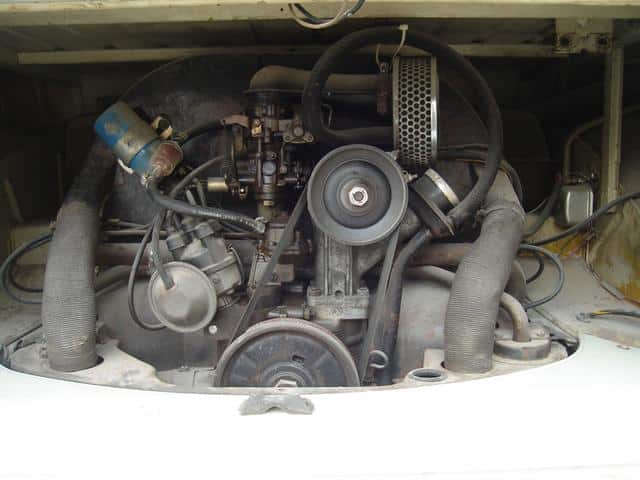
With the Sambar, the whole rear bumper folds down to give access to the engine from one side, while in the load bed there is a removable plate that allows you to get at the engine from another side. (To open the rear access panel you need to use the ignition key and you may need to push the whole bumper forward a bit with your hand to get the lock to unlatch.)
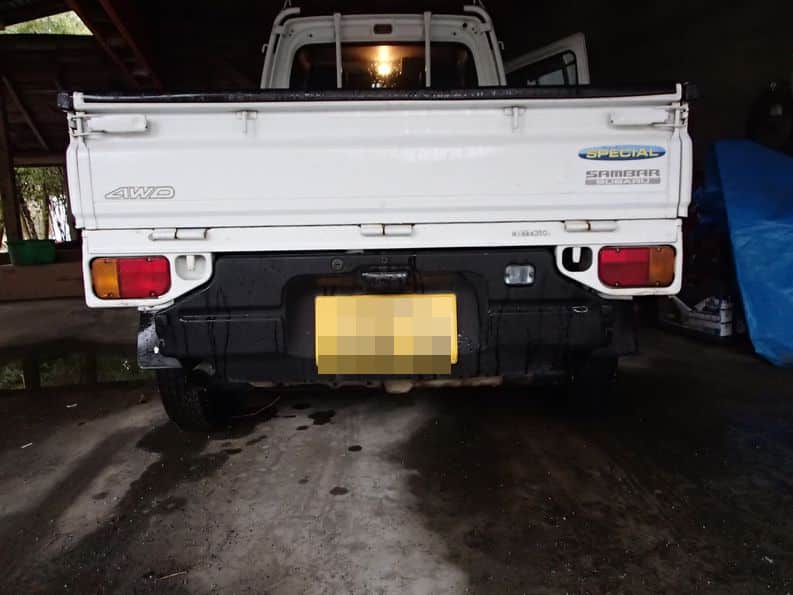
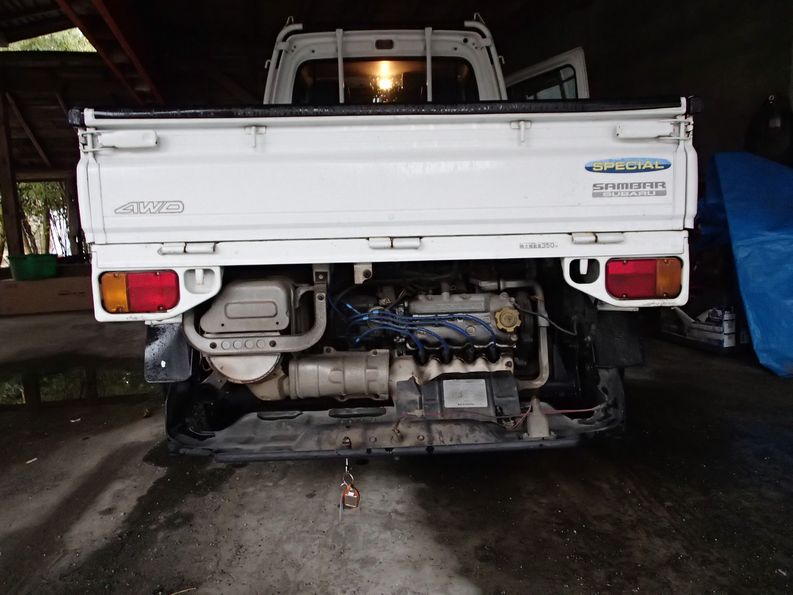
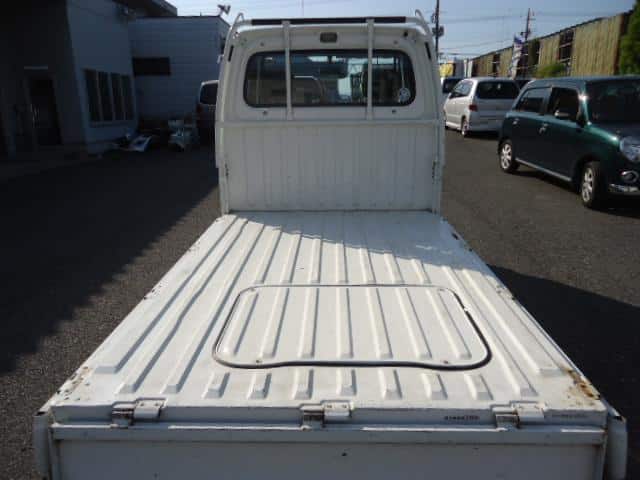
Are you beginning to see why I’m such a fan of the unique and well-designed Sambar Truck? It’s features like these that I like so much.
In my next post here on our Japan Car Direct Blog, I’ll tell you a bit about driving the 1994 Sambar, and we’ll also have a look at the late ‘80s two cylinder Sambar. A mini truck that, though older now, is not to be overlooked if you want a solid and super simple little kei truck; especially if you want to import to Australia with their current import age restrictions.


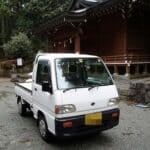
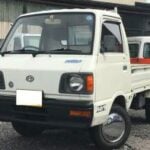




 LiveSupporti
LiveSupporti